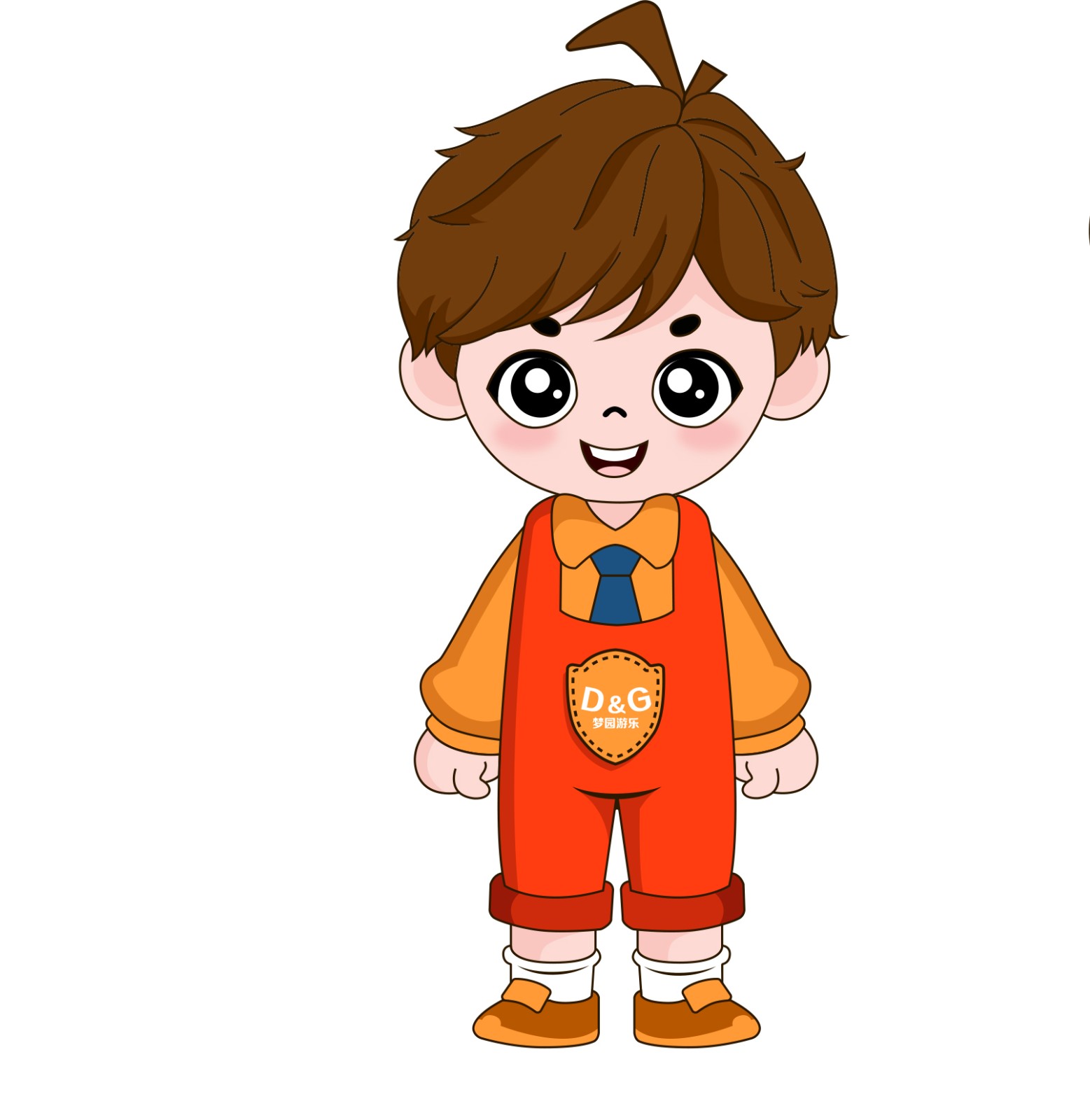Please contact us!
En

The indoor playground and family entertainment center (FEC) industry continues to grow rapidly across North America, Europe, the Middle East, and Asia. Yet, despite different cultures and business models, operators everywhere face surprisingly similar and recurring operational challenges.
After analyzing global customer feedback, operator interviews, and hundreds of real-world cases, one pattern becomes clear:
Most operational problems are not caused by bad management — they originate from design decisions made months before opening.
In this article, we explore the 7 most common operational challenges faced by indoor playgrounds and uncover how professional design can drastically reduce complaints, improve safety, and enhance long-term profitability.
Across markets, the entrance is where most customer frustration begins:
Long queues blocking the entrance
Families unsure where to remove shoes
Bottlenecks during peak hours
Parents confused about whether they can enter
Staff overwhelmed by first-contact pressure
The check-in area affects the entire customer experience, yet many playgrounds underestimate the importance of entrance flow.
Dual-direction check-in counters
Dedicated shoe-removal corridor
Parent/child separated pathways
Wide entrance area (minimum 220 cm)
Visual signage guiding first-time customers
Space for stroller parking and traffic separation
A smooth entrance flow sets the tone for the entire visit.
Rule conflicts are one of the most common causes of negative reviews, such as:
Disagreement about socks
Confusion about adult entry
Conflicting instructions from different staff
Inconsistent rule enforcement
The root problem is not the rules themselves — it is how rules are communicated and visualized.
Clear zoning for toddlers, soft play, and adventure areas
Large-format rule signage at eye level
Icons and diagrams for universal understanding
One-way access gates ensuring smooth flow
Visible color-coded areas to eliminate confusion
When rules are visually obvious, arguments disappear.
Operators worldwide report:
Children entering risky zones unnoticed
Staff unable to monitor multiple areas
Delayed reactions to incidents
Parents feeling unsafe
The reason is simple: many layouts do not support supervision.
Clear sightlines of 8–12 meters
Supervisory stations at key angles
Eliminating blind corners
Parents’ seating aligned with play visibility
Secure toddler gates to prevent mixed-age collisions
Design determines whether safety is proactive or reactive.
Birthday parties are extremely profitable but commonly problematic:
Food delivered late
Party rooms double-booked
Guests crowding hallways
Party hosts unsure where to lead families
No controlled flow from play area to party area
This causes stress for both staff and parents.
Dedicated party corridor
Centralized party hosting station
Storage for decorations and supplies
Direct access between party rooms and F&B
Measured walking path for scheduled activities
Good party flow turns chaos into a signature customer experience.
In many playgrounds:
Different staff explain rules differently
Language or cultural differences create misunderstandings
Staff feel overwhelmed during busy hours
Parents perceive unfriendly attitudes
This is often interpreted as “poor service,” but the root cause is:
A layout that does not support efficient communication.
Clearly marked staff stations
Visible meeting points for guest inquiries
Intuitive flow that reduces staff decision-making pressure
Simple, visualized rule signage to reduce verbal explanation
When design reduces staff stress, service quality naturally improves.
Customers frequently complain about:
Entry price vs. value mismatch
Additional charges they did not expect
Confusion about memberships
Parent entry charges
Lack of transparency
Most pricing complaints arise not from price itself, but from poor communication and poor on-site presentation.
Pricing wall placed before entering the queue
Large-format charts showing all options
Clear “parent entry” explanations
Dedicated membership counter
Separation of fast lane (members) and regular lane
Pricing becomes acceptable when expectations are clear.
In international markets — especially the U.S., Europe, and the Middle East — operators face:
Differences in safety expectations
Sensitivity to fairness
Misinterpretation of staff tone
Different parenting approaches
Higher demand for transparency
These misunderstandings often escalate into negative reviews.
Parent seating integrated with clear visibility
Open layouts that feel welcoming
Clear “why we have this rule” signage
Gentle visual reminders instead of verbal confrontation
Multilingual icons and easy-understand rules
Design can bridge cultural gaps without saying a word.
Through years of global experience, the underlying causes are consistent:
These are structural, not managerial issues — and structural issues require professional design intervention.
A modern indoor playground is not just soft play.
It is a complex system involving:
Child psychology
Family behavior patterns
Visual communication
Safety engineering
Traffic flow management
Guest experience design
Staff efficiency
Event flow and party hosting
When all these are integrated into the blueprint, operational problems drop dramatically.
70% of rule conflicts
60% of safety incidents
50% of staff stress
80% of birthday party complaints
40% of customer confusion
This is why more investors are beginning to realize:
Design is not decoration. Design is operations.
Successful playgrounds worldwide share common characteristics:
Transparent flow
Unified rules
Parent-centric comfort
Real-time staff visibility
Predictable party management
Clear safety structures
Cultural adaptability
These are not achieved through equipment alone —
but through professional, holistic, future-oriented design.
Indoor playgrounds face universal operational challenges, regardless of country or business model.
However, most of these issues can be prevented long before opening day — during the design phase.
By integrating thoughtful circulation, safety visibility, clear zoning, intuitive rule communication, and culturally-aware guest experience design, indoor playgrounds can significantly reduce complaints and create a smoother, more profitable operation.
Good design does not just create beauty.
Good design creates better operations.
Copyright Wenzhou Dream Garden Amusement Equipment Co.,Ltd | Sitemaps|Xml
|Please contact us!

